According to a recent article in Scientific American, drones are transforming Search and Rescue (SAR) operations, making them faster, safer, and more efficient. As Drone Technology becomes more affordable and sophisticated, these unmanned aerial vehicles are taking on the dangerous, dirty, and drudgerous tasks traditionally performed by human rescuers.
A Lifesaving Eye in the Sky
One dramatic example of a drone’s lifesaving potential occurred in the Himalayas, where a Scottish mountaineer was rescued after falling from an ice cliff on Broad Peak, which I covered at the time. Despite being stranded for 36 hours, the climber was located by a drone and subsequently rescued. As the case study in Wilderness & Environmental Medicine noted, “Without use of the drone, locating the climber and executing such an efficient rescue would have been unlikely.”
The Three D’s: Dangerous, Dirty, and Drudgery
Bill Sample, drone program leader for Colorado’s Chaffee County Search and Rescue–South, explains that drones are ideal for tasks falling into the “three D’s” category:
- Dangerous jobs, like scouting precarious cliffs
- Dirty jobs, such as searching through swamps
- Drudge work, including tedious searches of large areas
Sample notes the efficiency of drone searches: “If you’ve got good visibility, you can cover almost a square mile an hour.” This speed can be crucial in time-sensitive rescue operations.

AI-Enhanced Vision
The integration of Artificial Intelligence (AI) with drone technology is further enhancing SAR capabilities. Software like Loc8 can quickly analyze Drone Video feeds to identify specific colors associated with missing persons, often faster than the human eye.
Researchers are also developing more advanced computer vision techniques. In Austria, computer scientist Oliver Bimber and his team at Johannes Kepler University Linz have created “airborne optical sectioning,” which can detect humans hidden by tree cover.
Bimber explains, “This technique can remove occlusion in real time,” essentially allowing rescuers to see through foliage digitally.
The Future of SAR Drones
As drone technology continues to advance, new applications are emerging. Some teams are experimenting with drones as communication relays, boosting radio signals in remote areas. In the UK, the Warwickshire Search and Rescue team has partnered with Virgin to test drones that deliver 5G connectivity directly to rescuers in the field.
While human rescuers remain essential, drones are proving to be invaluable partners in search and rescue operations. As Sample puts it, “Keeping the drones in the air and trying to find people with them” is solving critical problems and, ultimately, saving lives.
DroneXL’s Take
The integration of drones into search and rescue operations represents a significant leap forward in our ability to save lives in challenging environments. As we’ve seen in recent stories covered by DroneXL, such as the rescue of a puppy in a New York forest and the heat-seeking drone rescue in England, these unmanned aerial vehicles are proving their worth time and again.
The combination of thermal imaging, AI-powered object detection, and the ability to quickly cover large areas makes drones an indispensable tool for SAR teams. As technology continues to advance, we can expect to see even more innovative applications of drones in rescue operations, potentially integrating with other emerging technologies like 5G networks and advanced AI algorithms.
The future of search and rescue looks brighter with drones in the sky, offering hope to those in peril and new capabilities to the brave men and women dedicated to saving lives.
Discover more from DroneXL
Subscribe to get the latest posts sent to your email.

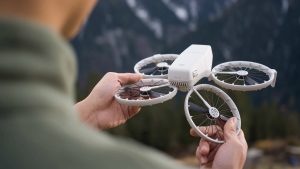

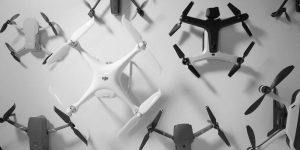


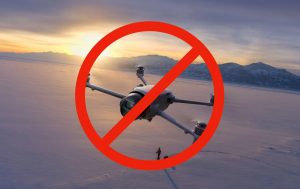
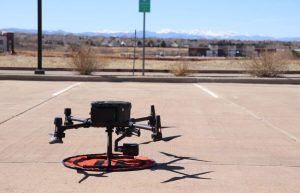

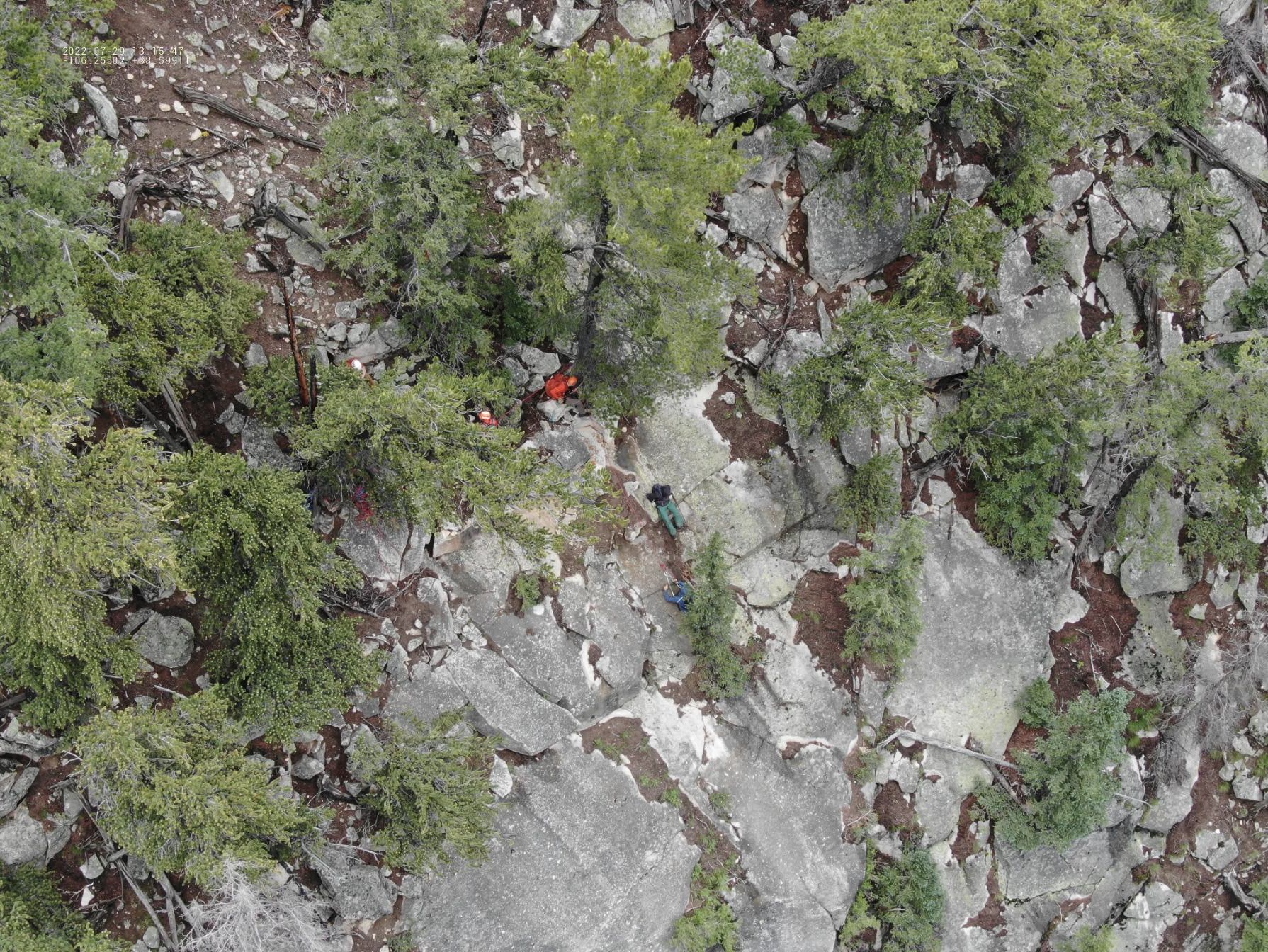
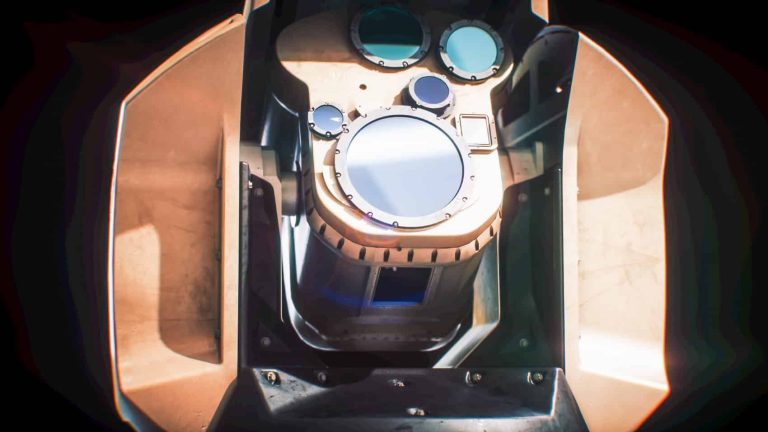
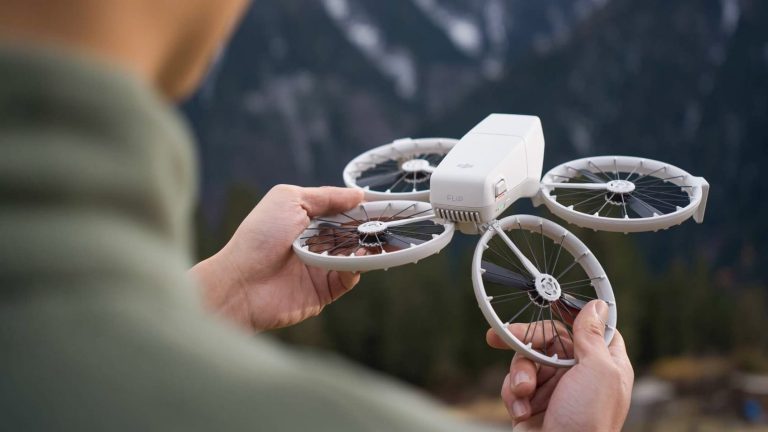
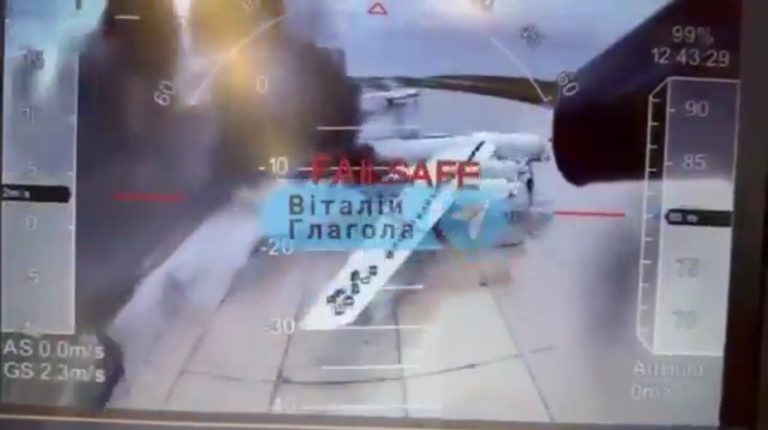
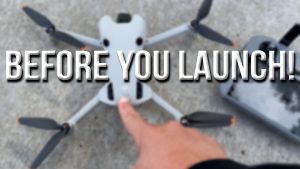
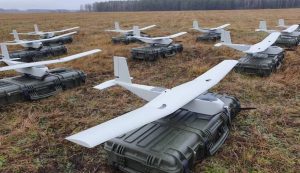
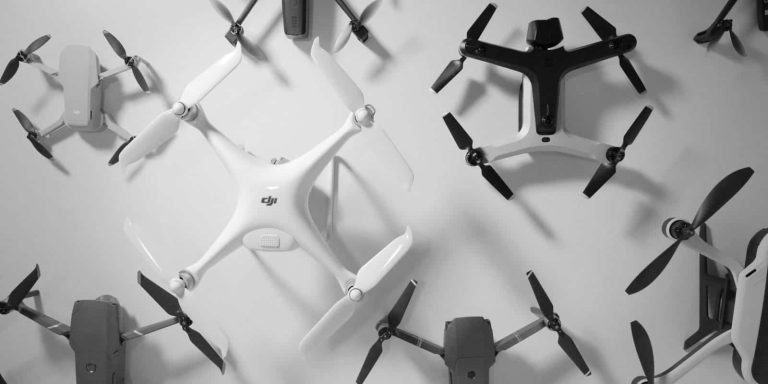


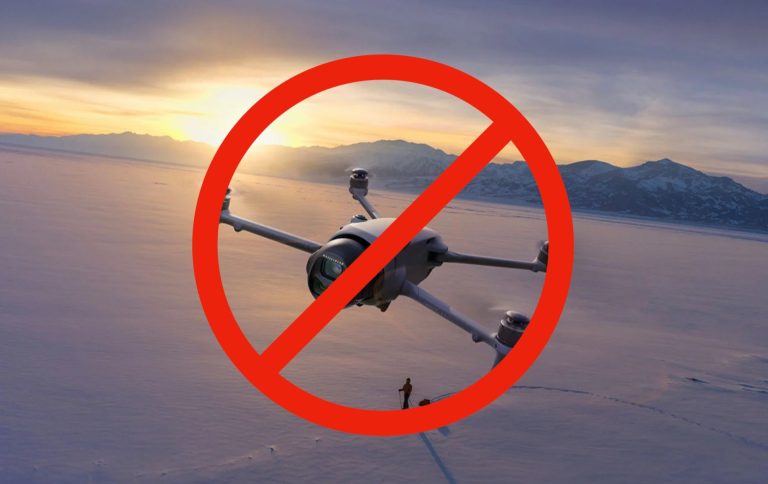
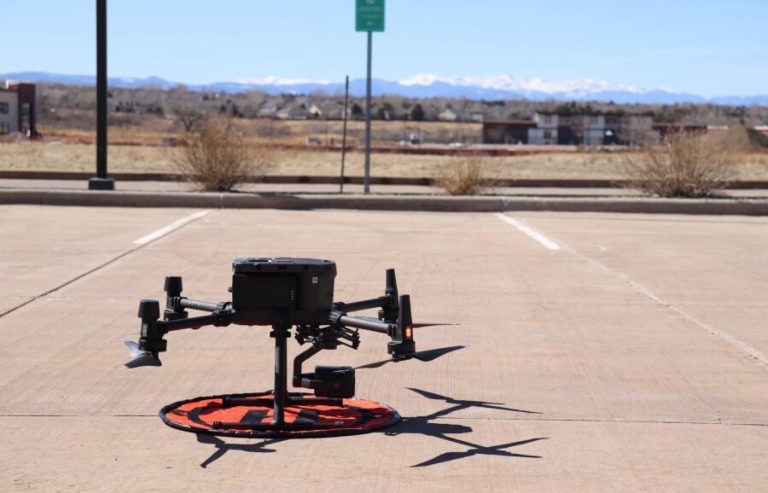
+ There are no comments
Add yours